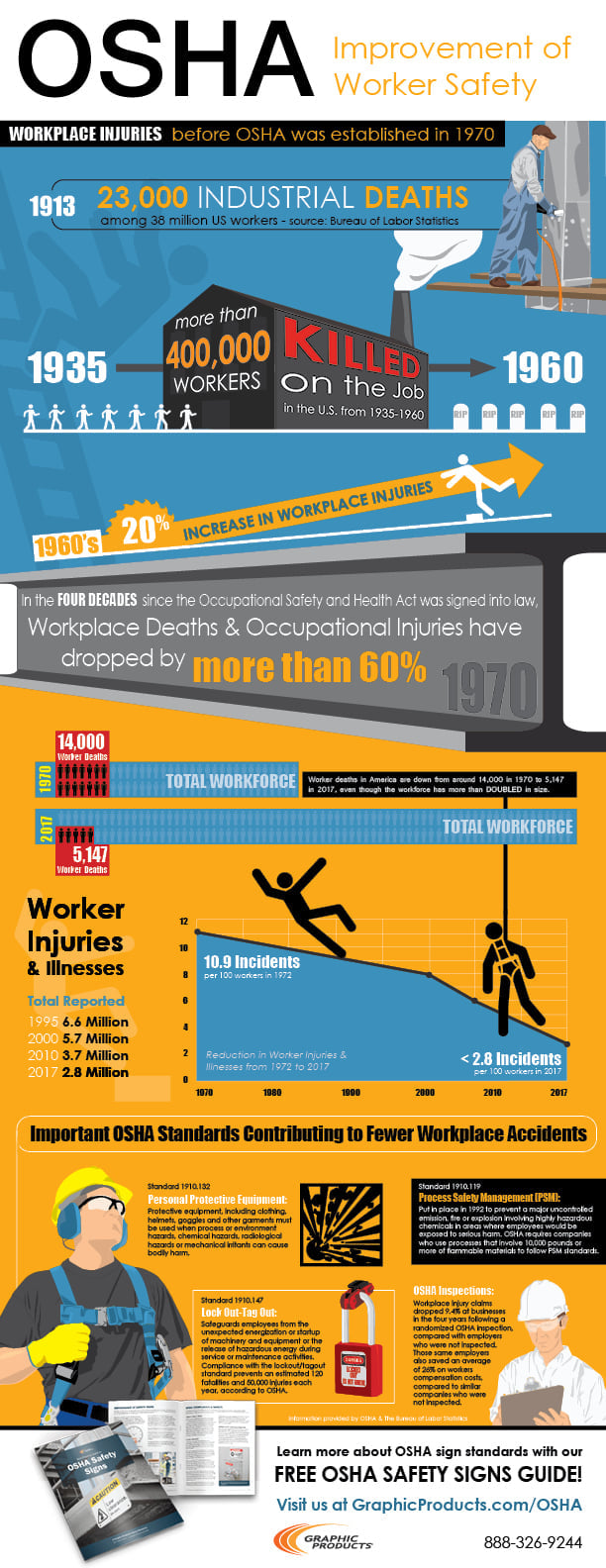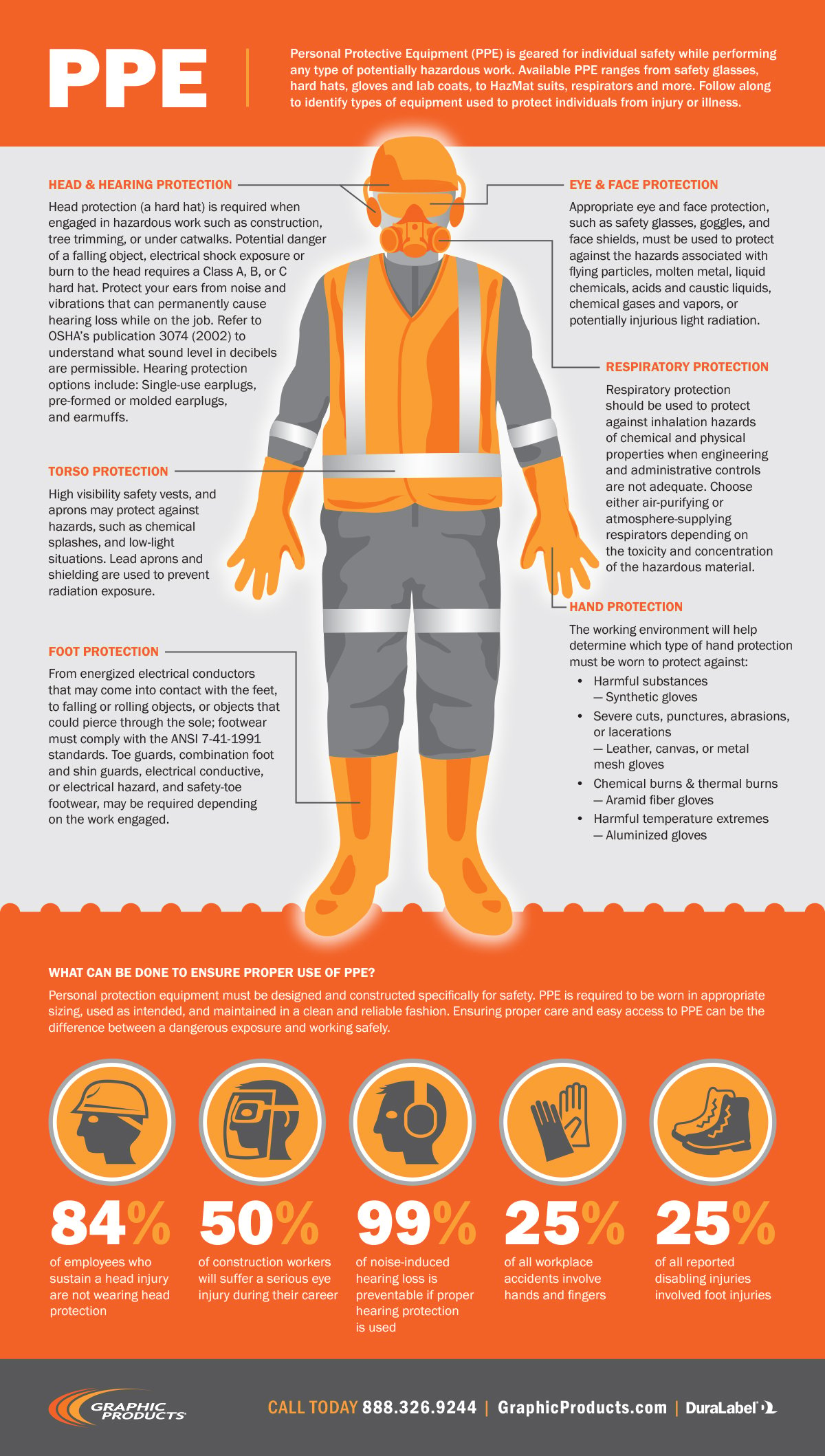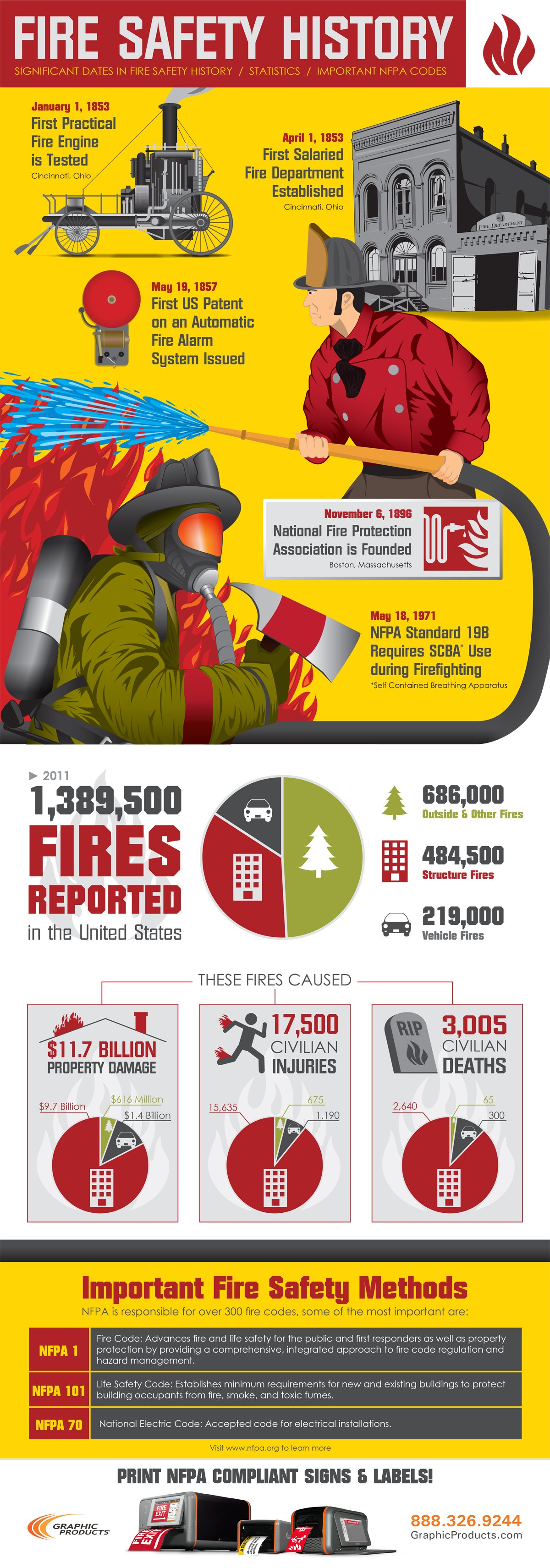- Home
- >
- Resources
- >
- Infographics
- >
- Near-Miss Reporting
Resource Navigation
Near-Miss Reporting
03
February,
2023
3 MINUTE READ
When is a close call more than a close call? It's important to reflect on near-misses and use their lessons to improve your company's broader culture of safety, even when incidents don't lead to injury or illness.
This informative infographic breaks down the importance of near-miss reporting, offers tips for developing a near-miss system, and shows how reporting near misses can improve safety throughout a facility.
The following is a transcript of the Near-Miss Reporting Infographic:
Near-Miss Reporting
Keep workers safe, develop a culture of safety, and better understand workplace hazards with near-miss reporting. But why is near-miss reporting so important?
- Find safety concerns before OSHA inspectors
- Take a proactive approach to safety
- Find the root causes of near-misses
- Catch hazards before they lead to impactful accidents
OSHA defines a near miss as an unplanned event that did not result in injury, illness, or damage-but had the potential to do so. Only a fortunate break in the chain of events prevented an injury, fatality, or damage; in other words, a miss that was nonetheless very near.
Other terms include: Close Call, Near Accident, Accident Precursory, Injury-Free Event, Narrow Escape, Near Collision, and Near Hit.
EXAMPLES
- Slipping and falling on a machine's leaky fluid-but not sustaining an injury
- Nearly running into a pedestrian worker while operating a pallet jack or forklift
- Successfully performing machine maintenance without taking lockout/tagout precautions
- Working on scaffolding without fall protection-but not actually falling off the platform
STATISTICS
Near misses don't exist in a vacuum. Conoco Phillips Marine conducted a study in 2003 that examined at-risk behaviors, near misses, injuries, and fatalities. The study found that, for ever fatality, there are at least 300,000 at-risk behaviors (such as skipping a safety step to save time).
300,000 at-risk behaviors (estimated)
3,000 near misses (estimated)
300 recordable injuries
30 lost workday cases
1 fatality
2,953,500 injuries and illnesses to private-sector workers in 2014.
4,821 worker deaths in 2014
8,092 injuries and illnesses to private-sector workers in 2014
13 worker deaths per day in 2014
6 STEPS TOWARD CREATING A NEAR-MISS SYSTEM
- Understand the broader goal: Knowing which specific challenge you're trying to solve is the first step in establishing an effective reporting system. Is it to figure out where your company can be safer? Get employees more invested in safety?
- Get investment: Ensure that leadership and upper management understand the importance, incentives, and benefits of the program.
- Develop a system: Plan for how to train employees, create a structure for reporting and investigating near misses, take inventory of risks and potential hazards, and devise a strategy for implementing changes.
- Communicate the plan: Let employees know what you'd like them to report, how they can easily report hazards and near misses without fear of consequences, and how each report contributes to the company's broader goals.
- Follow up: Investigate each near-miss report thoroughly and fully; in doing so, ensure you identify and understand any root causes or systemic concerns that led to the near miss.
- Provide feedback: Communicate changes that resulted from near misses, and provide incentives to employees for engaging in the program.
Elements of Good Near-Miss System
THOROUGH
Those in charge of the near-miss program should investigate all near misses to better understand their larger risks and hazards. This gives employees confidence that their concerns are given serious consideration.
WHO was involved? WHAT happened? WHEN did it happen? WHERE did it happen? WHY did it happen? HOW did it happen?
CLARIFYING
Near-miss reports should shed light on safety concerns, unsafe practices, potential OSHA violations, and more-and provide a path for resolving those issues.
UNDERSTANDABLE
All employees should receive training so they understand the system and the concept of a "near miss;" this overview should cover what to report, how to report, and why they should report.
EDUCATIONAL
Managers can better understand their facility's unique safety challenges, weak spots, areas of concern, and points of emphasis while developing a reporting system.
ENGAGING
Frontline workers, middle management, safety specialists, and senior leadership should all work with each other to develop and maintain a successful near-miss reporting system.
ENCOURAGING
Employees should be recognized (should they so choose) and rewarded for reporting near misses and calling attention to safety concerns. Safety managers should also make public any changes following near-miss reports so employees have evidence of the difference they're making.
BENEFITS OF A NEAR-MISS SYSTEM
Addresses potential accidents before they occur
Lowers workers' compensation costs
Develops new, more relevant training program
Promotes proactive approach to ensuring and improving safety
Improves teamwork among various departments and disciplines
Comply with OSHA requirements for reporting near-misses around confined spaces, industrial trucks, hazardous chemicals, and fall protection concerns on construction sites.
Keep workers safe
NEAR MISSES show where workers need more information.
MEET THAT NEED WITH CUSTOM SIGNS & LABELS.
Create your own safety signs on site and on demand with DuraLabel Industrial sign & label printers!
888.326.9244
DuraLabel.com
RELATED RESOURCES

OSHA Improving Worker Safety
In 1970, OSHA was established to create standards that keep workers safe. Since 1970, workplace accidents and ...
Read
PPE Infographic
Equipment that is worn to limit exposure to harmful substances or dangerous conditions is known as PPE ...
Read
Fire Safety
The Fire Safety infographic showcases some history of fire fighting and the development of the National Fire ...
Read.png)



